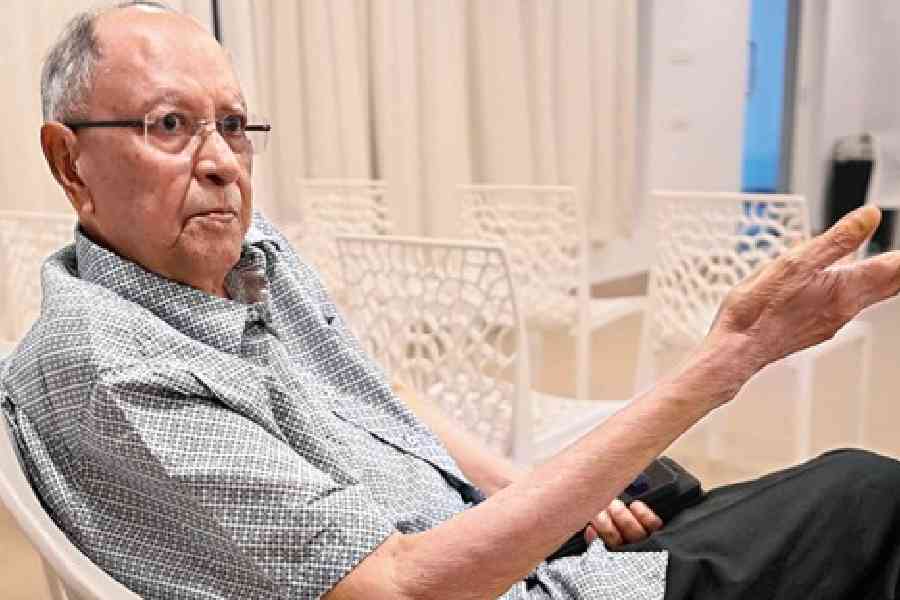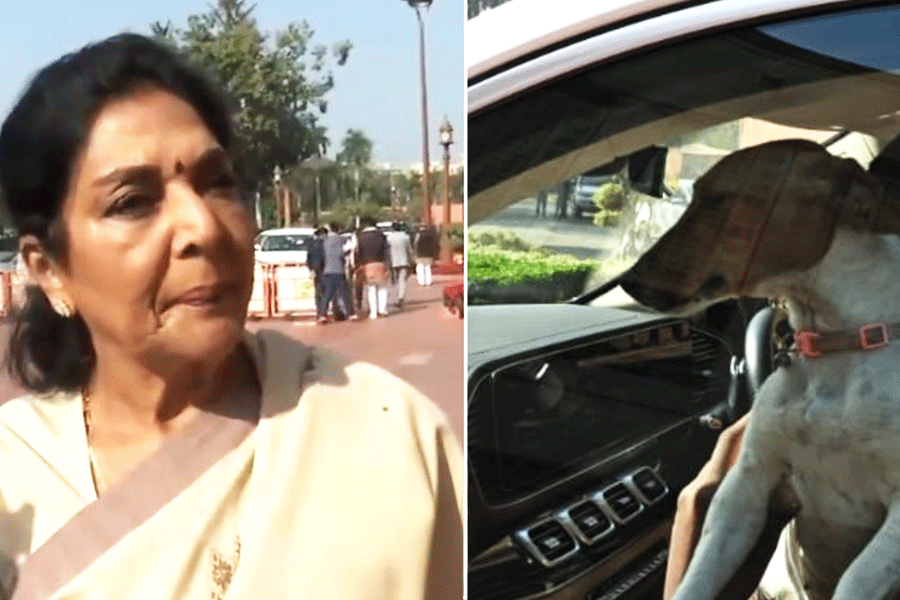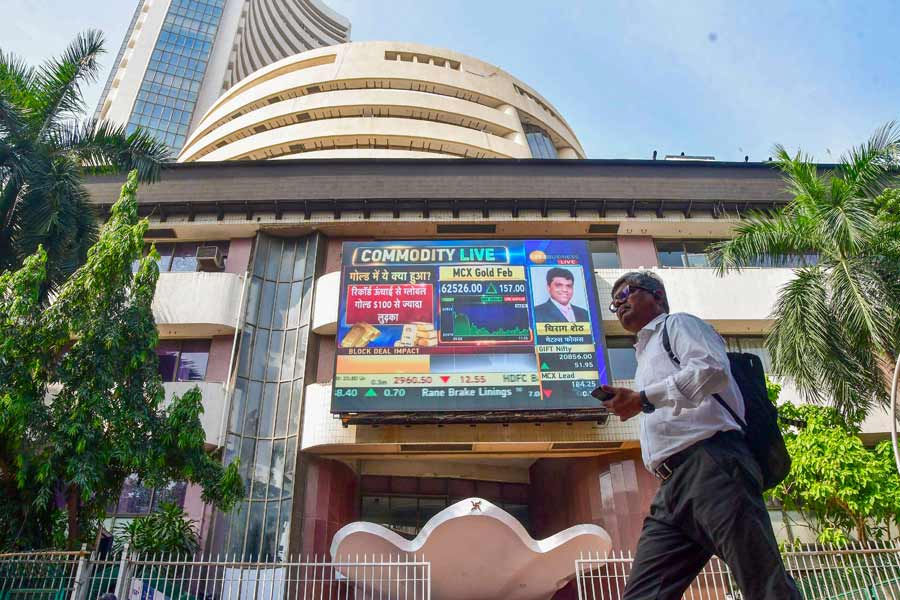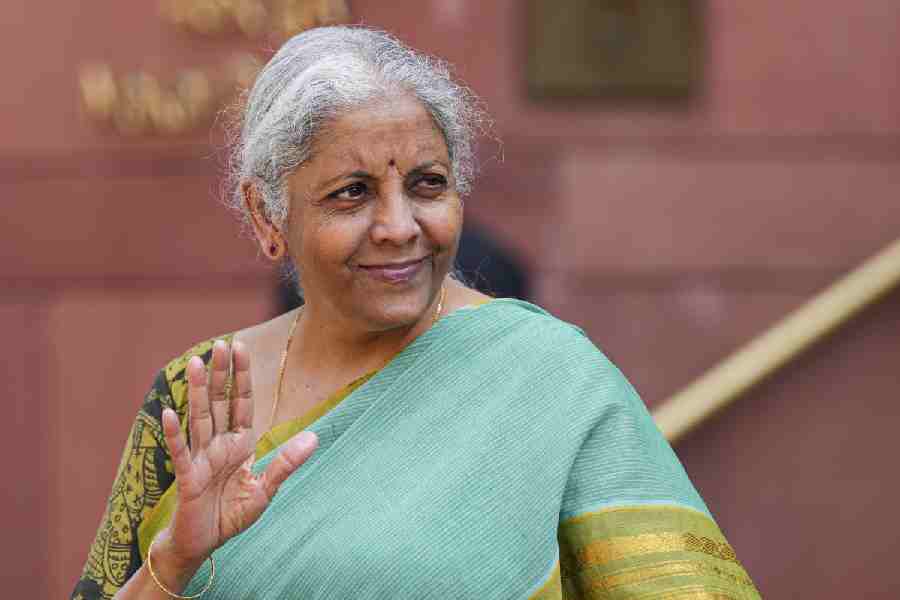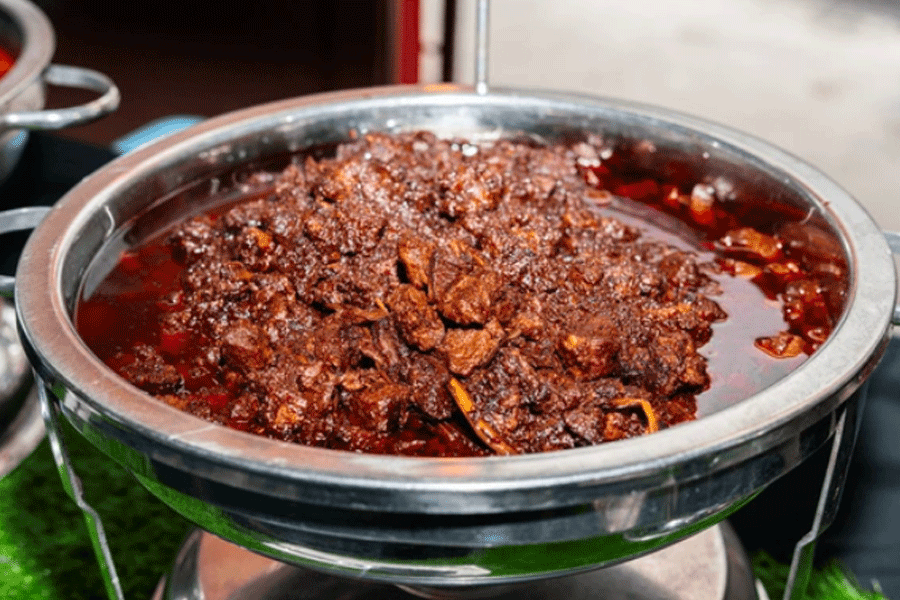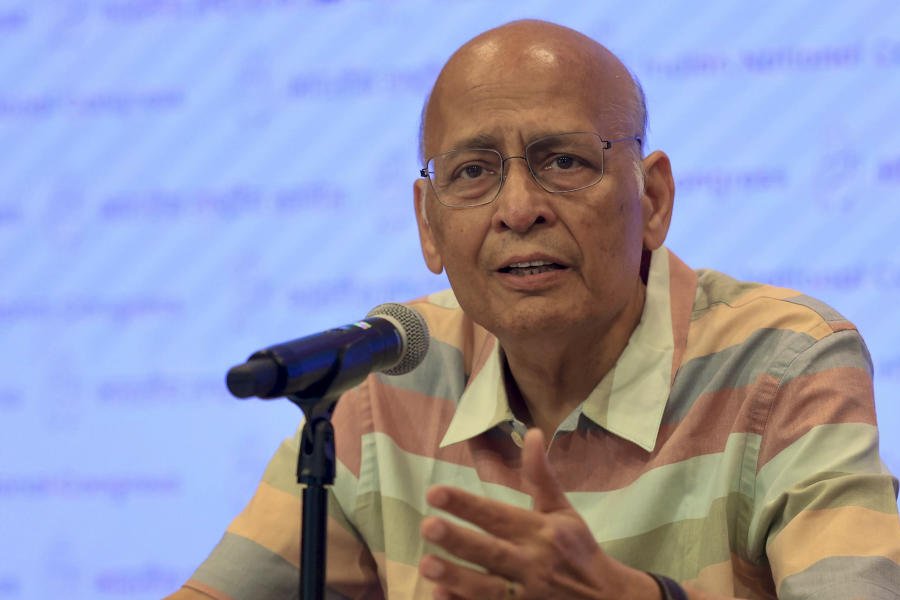The runway was pitch dark and the airport closed, but the Prime Minister’s aircraft was on the taxiway, ready for take-off.
A small vehicle guided the Prime Minister’s aircraft through the dark taxiway towards the runway. The man at the wheel then drove the vehicle to the end of the runway and put on the headlights so the pilot could measure the distance of the runway and take off.
It was the evening of December 3, 1971, and the runway was that of Calcutta airport. Driving the jeep that guided Prime Minister Indira Gandhi’s aircraft was air traffic controller Amal Sircar.
Sircar, now 86, recounted the evening Pakistan made pre-emptive air strikes in India that started the India-Pakistan war of 1971, when Indira, against advice not to fly, took off from Calcutta for Delhi and addressed the nation.
“On December 3, 1971, Mrs Gandhi came to Calcutta to address a rally at the Maidan. She was scheduled to fly back to Delhi in the evening,” said Sircar on Thursday. He now stays at a living facility for seniors at Ramnagar, near Baruipur, South 24-Parganas, with his wife.
Sircar was then an aerodrome assistant at Calcutta airport.
“In the evening, the then director general of the directorate general of civil aviation (DGCA) called my boss, the controller of the aerodrome, Binoy Hazra, on the hotline. He said the Prime Minister’s aircraft should not be allowed to fly because Pakistan had launched air strikes on forward bases in western and northern India,” he said.
Operation Chengiz Khan was the code name assigned to the pre-emptive strikes by the Pakistani Air Force on Indian airbases and radar installations on the evening of December 3, 1971.
“The Calcutta airport was closed for operations. Runway and navigational lights were put off. Pakistan was launching Sidewinder missiles,” Sircar recounted. Sidewinder missiles are air-to-air missiles and the older versions could track high temperatures.
Indira had reached Calcutta airport after the Maidan rally and went to the VIP room of the old airport. Sircar said that along with the controller of the aerodrome, there was the GOC-in-C of the Eastern Command and the navy and the air force chiefs.
“They saluted the Prime Minister and greeted her. I was standing behind them. Mrs Gandhi was told that given the circumstances, she could not fly,” said Sircar, now associated with the voluntary organisation Sabdarnagar Education and Welfare Society.
“Madam, we received instructions from Delhi not to allow you to take off from Calcutta,” Sircar remembered the officials telling Indira.
“Mrs Gandhi blinked and then said without any emotion: ‘I am going’,” he recounted.
The pilot of the Prime Minister’s aircraft then sought assistance from the airport officials for taking off without any runway lights and navigational aids.
The pilot wanted a follow-me vehicle to guide it to the runway.
“I volunteered to drive the follow-me vehicle. I knew the tarmac well,” said Sircar.
He drove the vehicle with its headlights and tail lights on, on the pitch dark tarmac.
“The Prime Minister’s aircraft followed my vehicle up to the edge of the runway. For take-off, the pilot needed to know the length of the runway and where it ended,” he said. The aircraft was on the primary runway.
Sircar took his vehicle to the other end of the runway, on the northern side. “I put all the lights of the vehicle on so the pilot could know exactly where the runway ended. It was a difficult and dangerous take-off, but he did it,” he said.
The pilot could not coordinate with the air traffic control using the usual very high frequency radio. He had to follow the pre-determined route set by the ATC.
“He was following the pre-determined route from Calcutta to Delhi with the help of the Jeppesen chart,” Sircar said. The Jeppesen chart is an aeronautical chart produced by Jeppesen, a subsidiary of Boeing.
“The pilot was also coordinating with the ATC using the Morse code,” he said.
Calcutta’s flight information region then ended at Gaya. After the pilot reached Gaya, he communicated with Calcutta’s ATC who in turn informed Delhi through the hotline.
Indira reached Delhi and addressed the nation on radio that evening. She said the air strikes were a declaration of war against India.
Sircar, who had joined the service in 1962 and retired in 1997, had been on duty in 1962 during China’s aggression, the 1965 India-Pakistan war, and in 1971. “In 1971, the Calcutta airport was closed for operations of civilian aircraft for a period of time. Indian Air Force planes would operate but they would not coordinate with us,” he said.

